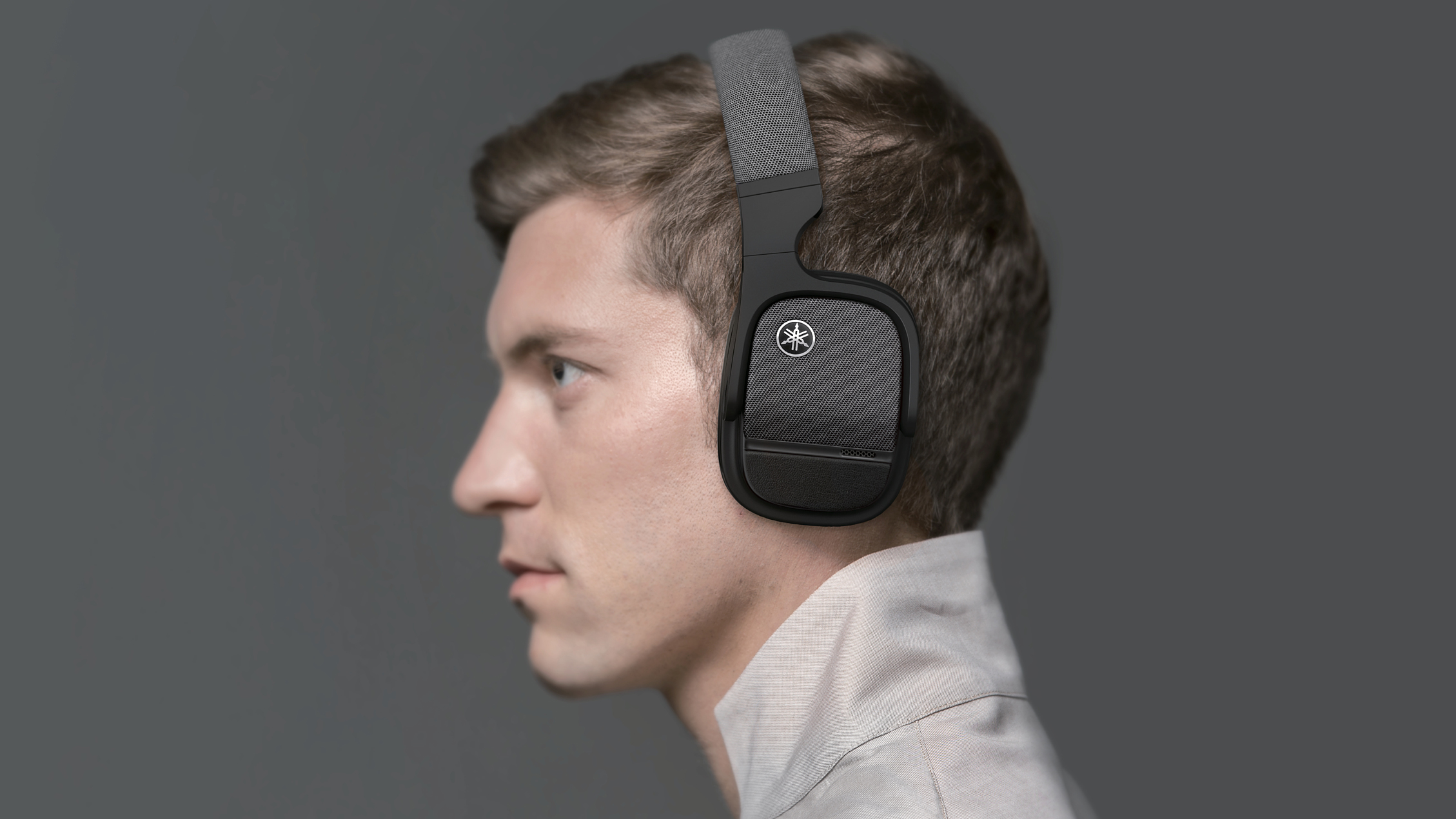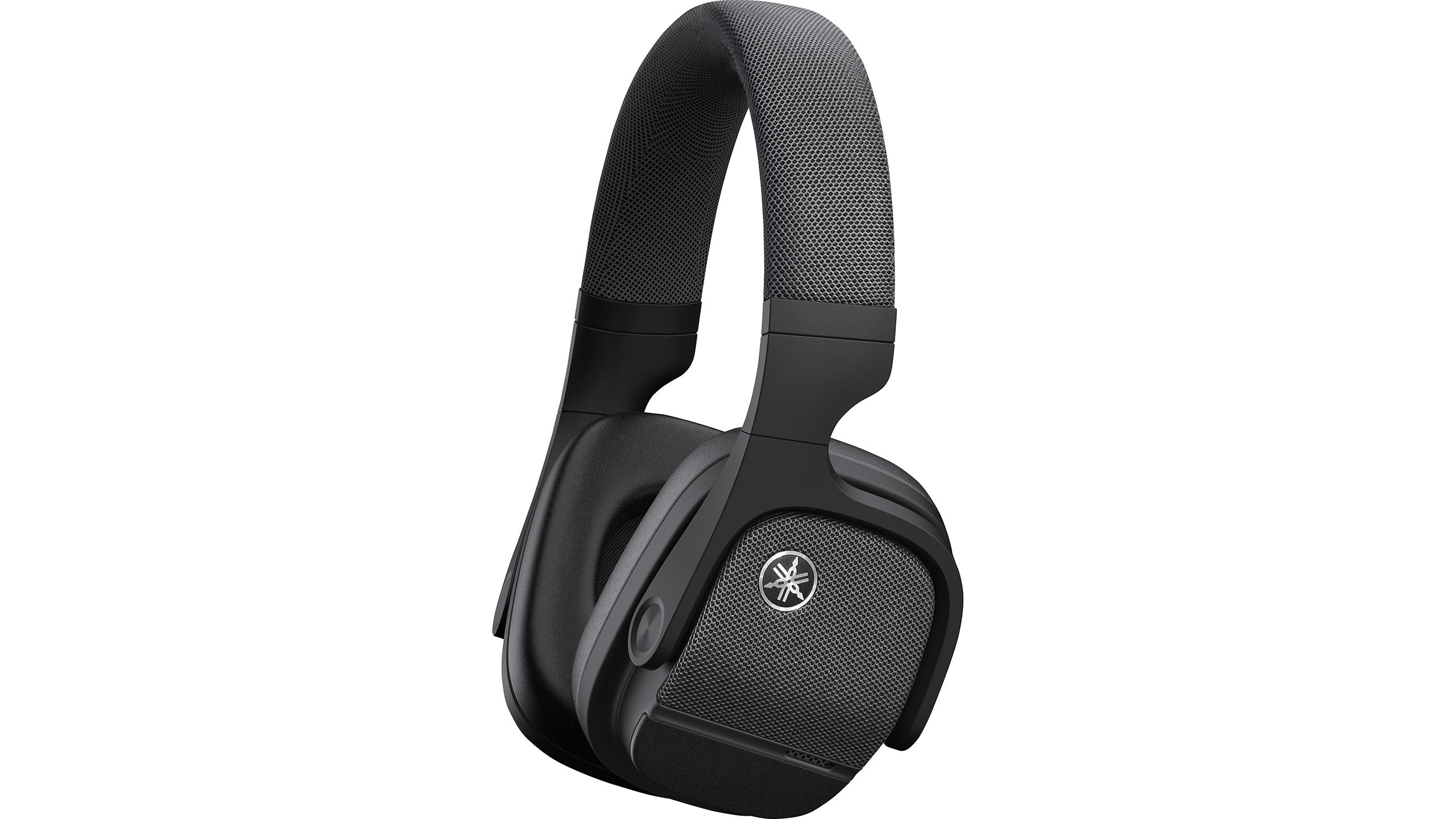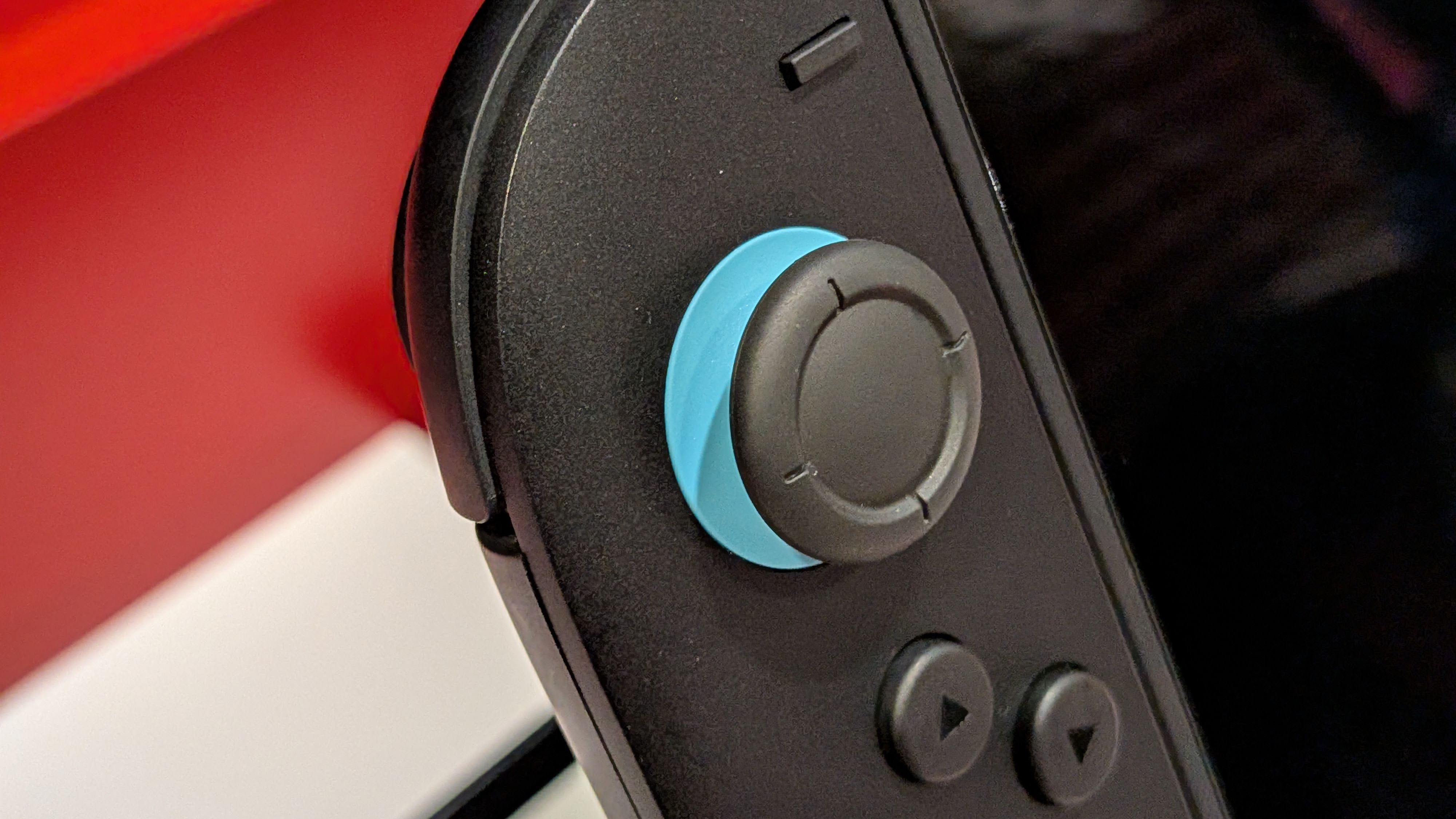

Hi-fi (and musical instrument) legend Yamaha is about to jump into the growing world of 3D audio with its new L700A noise-cancelling wireless headphones, which pack just about every jazzy new headphones feature into one premium package.
The Yamaha L700A are slated to launch in August, and to cost £449 (about $600, about AU$800), putting them very much at the premium end of things – that's beyond what most of the best noise-cancelling headphones cost, and is right into Apple AirPods Max territory. But with the feature list here, a high price is no surprise.
The showpiece feature is the head-tracking 3D audio. This isn't just support for 3D music in the way that, say, the Sony WH-1000XM4 offer support for Sony's 360 Reality audio format. These work in the same way as the AirPods Max or AirPods Pro, meaning that they actually use sensors to detect which way your head is facing, so they can adjust what you're hearing as if you were sitting in the middle of a load of speakers (rather than having those speakers clamped to your head).
The really clever part, though, is that while Apple's headphones can only do this with specific content that's in the right format, Yamaha is promising to do it with anything you listen to. Think of it as 3D upscaling from stereo to surround sound.
You'll be able to choose seven different 3D modes for different types of content, including a 'Cinema' mode for movies, an 'Audio Room' mode for music, and a 'Concert Hall' mode for live tracks – the others are subtle riffs on these same themes.
I'm a big convert to Dolby Atmos 3D music, and I've written about my experience with the Apple Music tracks – it will be interesting to see how that interacts with these headphones, since that will start in a 3D format, then will compress when it goes over Bluetooth, and then will be processed for 3D by the L700A…

That will all be combined with active noise cancellation and what Yamaha is calling 'Listening Optimiser' – which is again similar to what we're seeing in other high-end headphones, where it's constantly sampling the output to make sure that factors such as the fit of the headphones isn't affecting the audio, and tweaking to match any changes you make.
Sign up to the T3 newsletter for smarter living straight to your inbox
Get all the latest news, reviews, deals and buying guides on gorgeous tech, home and active products from the T3 experts
There's aptX Adaptive support if you want to listen to lossless tracks wirelessly, and when connected with the included cable, Yamaha says that the frequency response for Hi-Res tracks is 8Hz to 40kHz.
The 34-hour battery life is very welcome – again, it's pretty in-line with the competition, but if you're going to charge premium price, you've got to stay aggressive. Although that time is with ANC on, but 3D – turn 3D on and the batery drops to 11 hours.
The design is fascinating too. I think these might be the first 'norm-core' headphones – they're meticulously engineered, yet so plain. They look like the in-flight headphones they probably give you if you take the trip to the moon in 2001: A Space Odyssey. There's a a slight air of Dieter Rams ’50s/’60s practical design vibe to them, and I think I'm pretty into it.
In the box, you also get a protective case, plus an audio jack cable and charging cable.
Matt is T3's former AV and Smart Home Editor (UK), master of all things audiovisual, overseeing our TV, speakers and headphones coverage. He also covered smart home products and large appliances, as well as our toys and games articles. He's can explain both what Dolby Vision IQ is and why the Lego you're building doesn't fit together the way the instructions say, so is truly invaluable. Matt has worked for tech publications for over 10 years, in print and online, including running T3's print magazine and launching its most recent redesign. He's also contributed to a huge number of tech and gaming titles over the years. Say hello if you see him roaming the halls at CES, IFA or Toy Fair. Matt now works for our sister title TechRadar.
-
 Nintendo Switch 2 tariff woes continue – here's how much it could cost you
Nintendo Switch 2 tariff woes continue – here's how much it could cost youExperts claim the Switch 2 will continue to be affected by Trump's tariffs – even as much as 145%
By Rik Henderson
-
 This one-day Apple Watch challenge could earn you a secret (non-virtual) reward
This one-day Apple Watch challenge could earn you a secret (non-virtual) rewardApple is now handing out animated trophies and real-life pins if you do a bit of exercise
By Matt Kollat